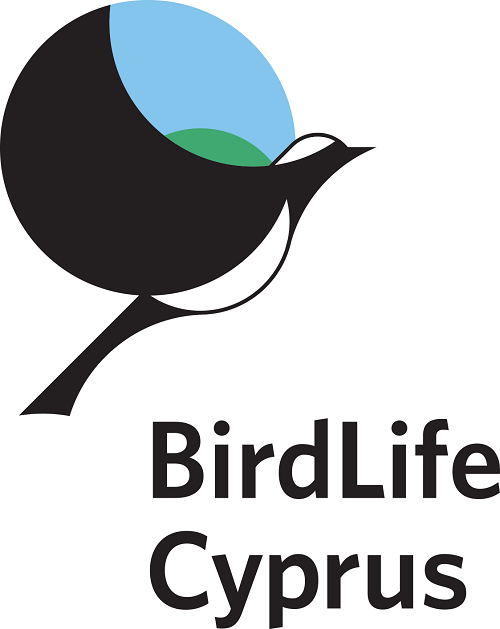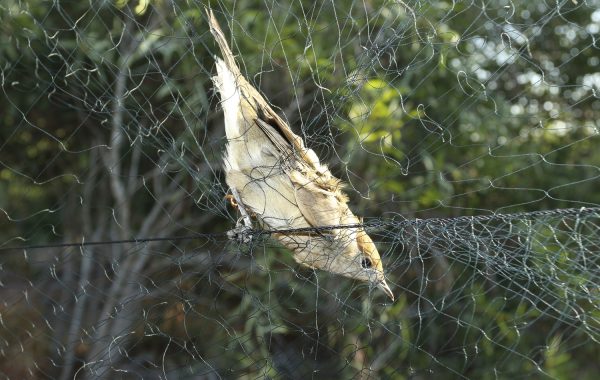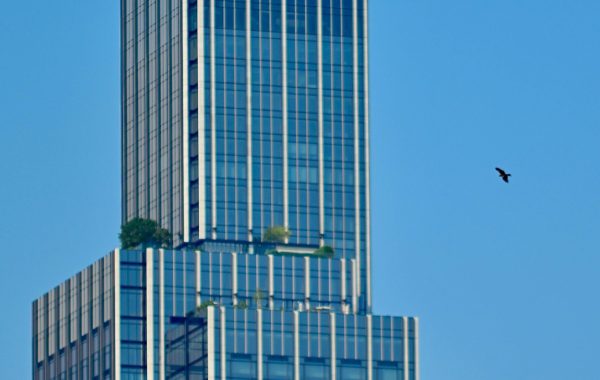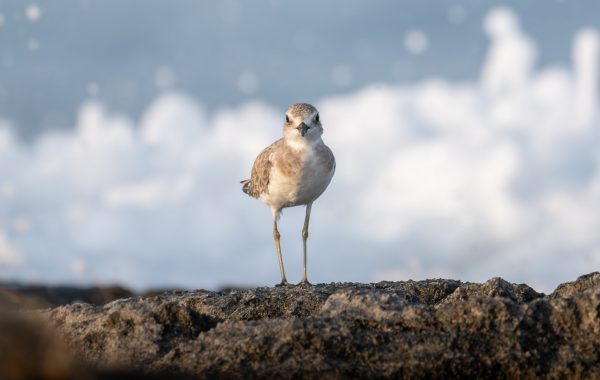Elegant, distinctive, and unmistakably pink, the Greater Flamingo (Phoenicopterus roseus) is one of the most iconic birds to visit Cyprus each winter. Their arrival transforms the island’s salt lakes into vibrant wetlands full of movement and colour, drawing birdwatchers, photographers, and nature enthusiasts alike.
A closer look
Despite their graceful appearance, flamingos are surprisingly noisy. Their calls — a mix of honking and cackling sounds — echo across the lakes as they feed and interact. Males are slightly larger than females, but both share the same striking plumage: shades of soft pink and white, with red and black feathers revealed during flight. Their long legs and distinctive downward-curved bills are also pink, while juveniles start out grey-brown and gradually turn pink over several years. This colour transformation comes from pigments called carotenoids, found in the algae, plankton, and small crustaceans that make up their diet.
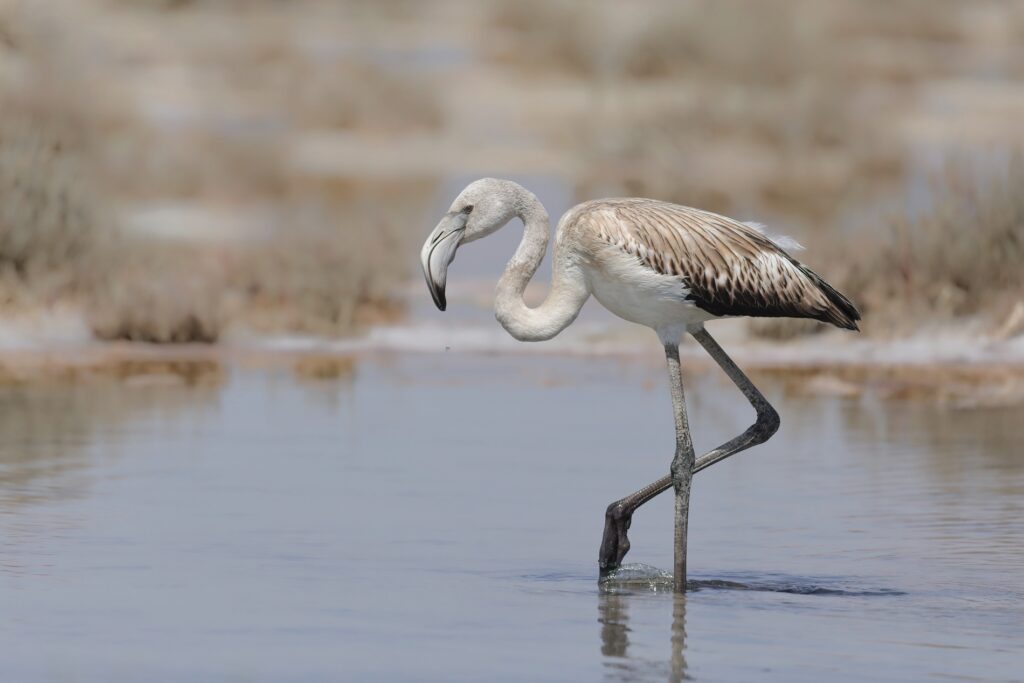
Winter visitors
Every year, hundreds to thousands of flamingos arrive in Cyprus, traditionally mainly at Akrotiri and Larnaka Salt Lakes. They usually appear in November and stay until late February, travelling from breeding grounds in Turkey, Iran, and occasionally from France and Spain. The depth of the water in the lakes plays a crucial role in how long they stay and how many arrive: if the water is too deep or too shallow, the birds move on. When conditions are ideal, some, usually juveniles, sub-adults and non-breeding individuals, may even remain into the summer months.
Flamingos also appear to have a remarkable ability to sense distant rainstorms, likely by detecting subtle changes in atmospheric pressure hundreds of kilometres away. This enables them to locate newly flooded wetlands where food is abundant. In addition, ring-recovery studies show that flamingos seen in Cyprus have come from countries including Iran, Algeria, Turkey, Sardinia, Spain, Morocco, Azerbaijan, France and Egypt, showing just how wide their migratory network is.
When Flamingos tried to nest in Cyprus
Although Cyprus is mainly a wintering ground, the flamingos themselves have shown interest in breeding here during years when water conditions were ideal.
The first suspected nesting occurred in 2001, followed by abandoned nest mounds found in 2003. In 2005, a few eggs were recorded in Akrotiri Salt Lake, but the attempt failed when water levels dropped too low. These were followed by another two attempts in 2012 and 2015.
More recently, after the exceptionally wet winters of 2018–2019 and 2019–2020, the conditions were once again suitable. Hundreds of flamingos stayed into the summer and began building nests in at least three locations around Akrotiri Salt Lake. Around 200 nests were counted, and fragments of eggs were later discovered, clear evidence that the birds had laid them. Sadly, no chicks were seen. More breeding attempts followed in 2021 and 2022, with no success.
These repeated attempts show that the conditions at Akrotiri Salt Lake could be close to suitable for successful breeding. If stable water levels and minimal disturbance can be maintained, it’s possible that one day flamingos might finally raise their young here, a remarkable milestone for Cyprus’s wetlands.
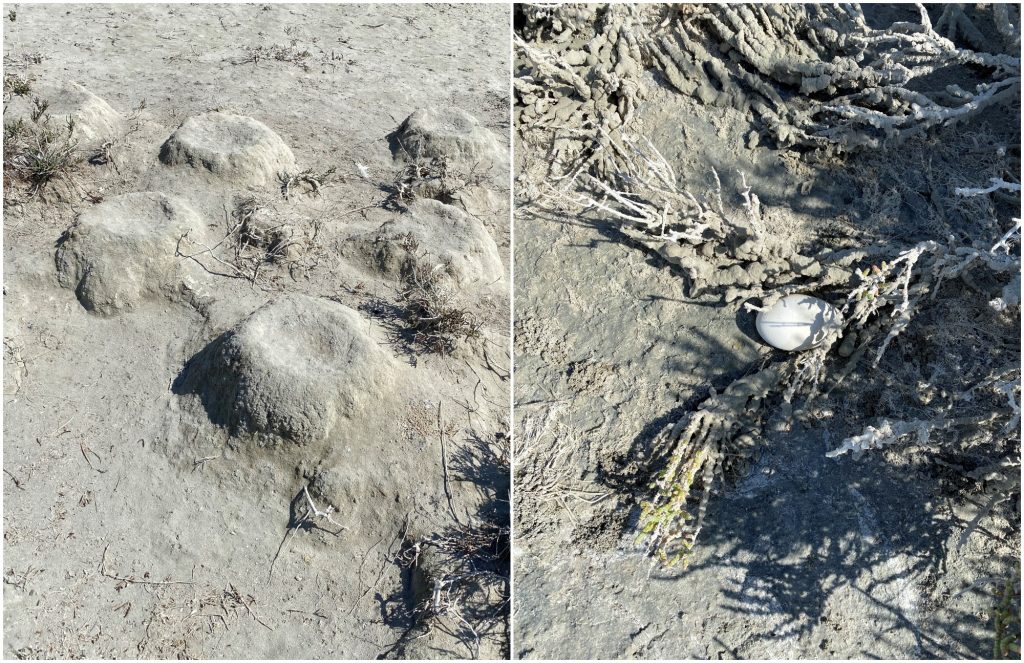
Watching Flamingos responsibly
Flamingos are highly sensitive to disturbance, especially during winter when they need to rest and feed before the breeding season in spring and summer. Getting too close to take photos, flying drones overhead, or approaching them on foot can cause stress, forcing them to leave feeding areas or expend energy they need to survive migration.
The best way to enjoy them is from designated bird hides, such as those at Oroklini Lake, Larnaka Salt Lake, or the Akrotiri Environmental Education Centre. These spots offer excellent views while keeping a safe distance from the birds and their habitat.
A call to protect their future
Recent data from BirdLife Cyprus and the authorities have raised serious concern: at Akrotiri Salt Lake the number of wintering flamingos has fallen to historical lows. For the first time since systematic counts began in 1992, only 30 flamingos were recorded in January 2025, far fewer than the usual thousands in previous years. The decline signals that the wetland is under severe pressure, with problems such as changes in water quality, abnormal inflows of water, pollution and broader environmental stress, all identified as contributing factors.
This situation is an urgent reminder: these pink-legged visitors depend on healthy, stable wetlands. Protecting their winter habitat and maintaining the conditions that could allow them to nest one day, means safeguarding water quality, regulating inflows, preserving food resources and minimising disturbance.
Their bright presence each winter is not guaranteed unless we act now. So the next time you visit the salt lakes, remember that your quiet respect and responsible viewing matter. Because the flamingos might not always come back, unless we give them reason to.
